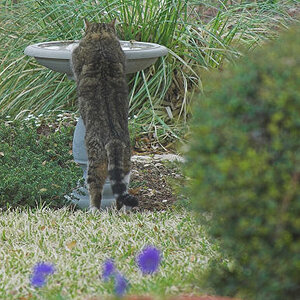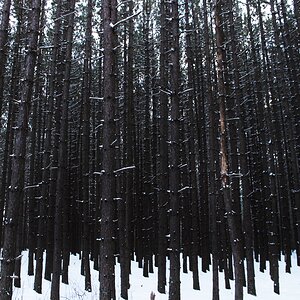RockDawg
TPF Noob!
- Joined
- Mar 29, 2007
- Messages
- 156
- Reaction score
- 0
- Location
- NE Ohio
- Can others edit my Photos
- Photos OK to edit
I am looking to buy a circular polarizer for my Nikon 18-70 lens and I'm a bit confused on the different types. Take the 67mm Hoya for example. at Adorama they list:
Hoya 67mm Circular Polarizer Glass Filter
Hoya 67mm Circular Polarizer Multi Coated Glass Filter
Hoya 67mm Extra Thin Circular Polarizer Super Multi Coated Glass Filter
Hoya 67mm DMC PRO1 Digital Circular Polarizer Glass Filter
What is the real world difference betrween them (I've read Hoya's site, but the technical mumbo jumbo doesn't mean much to me)? Also, how do you know if you need a "thin" version. They say it helps avoid vignetting on wide angle lenses, but how wide a lens befire you need one?
Hoya 67mm Circular Polarizer Glass Filter
Hoya 67mm Circular Polarizer Multi Coated Glass Filter
Hoya 67mm Extra Thin Circular Polarizer Super Multi Coated Glass Filter
Hoya 67mm DMC PRO1 Digital Circular Polarizer Glass Filter
What is the real world difference betrween them (I've read Hoya's site, but the technical mumbo jumbo doesn't mean much to me)? Also, how do you know if you need a "thin" version. They say it helps avoid vignetting on wide angle lenses, but how wide a lens befire you need one?





![[No title]](/data/xfmg/thumbnail/33/33847-620ea3a471c8ec2ae89451f9ee9dcb84.jpg?1619736166)


![[No title]](/data/xfmg/thumbnail/31/31702-59b5519e3c9a12b85ca69439a27f5253.jpg?1619734961)
![[No title]](/data/xfmg/thumbnail/37/37621-b86590cf53fc4001d12701ee3091029b.jpg?1619738152)



![[No title]](/data/xfmg/thumbnail/37/37624-7f9c9a5c8c7bcb5e62f67313e2e48dbc.jpg?1619738153)